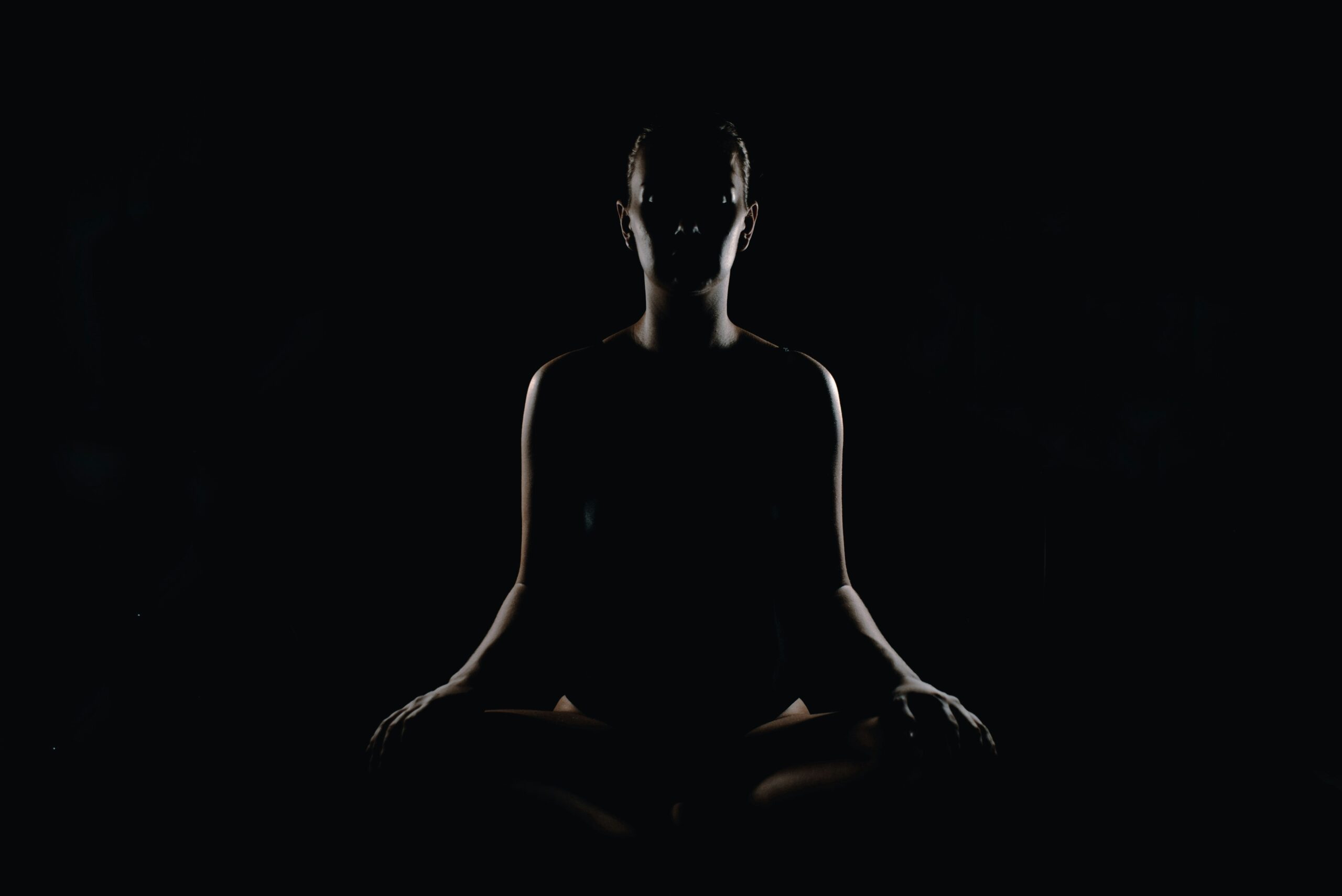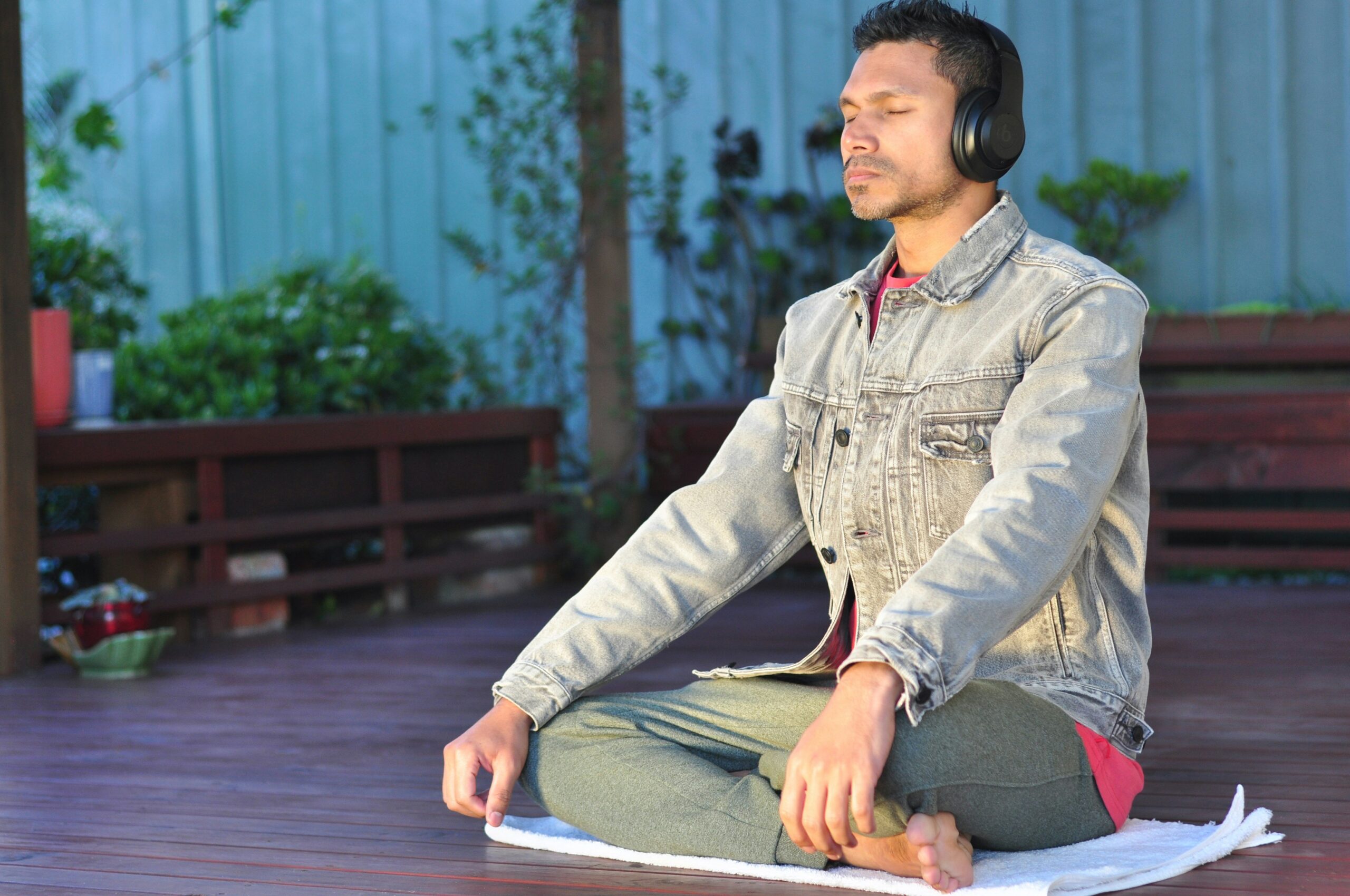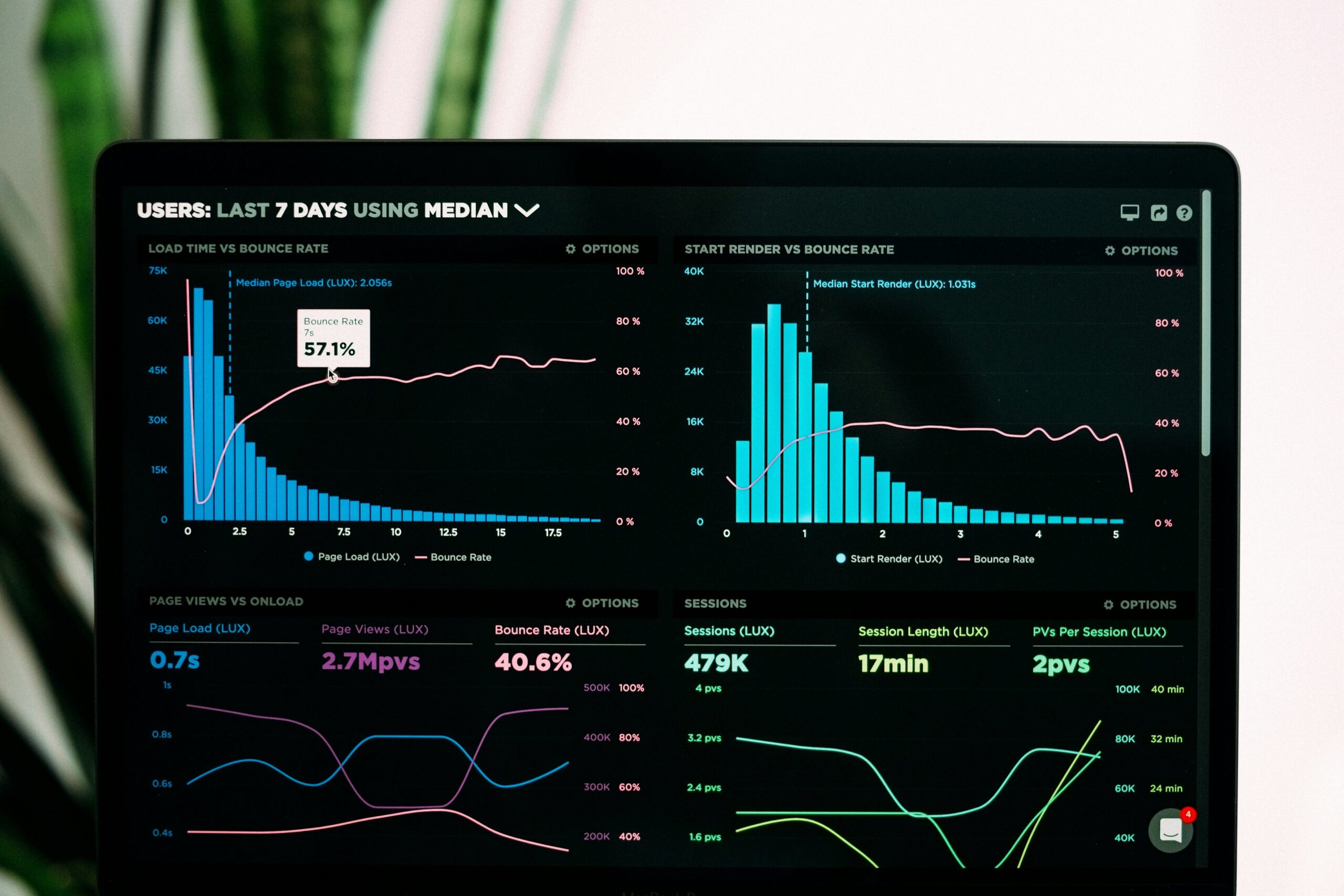Ever felt like you’re meditating just to hit a mental snooze button instead of achieving actual peace? Yeah, we’ve all been there. You download Buddhify, start your practice, but weeks later… you’re not sure if it’s working. That’s where Meditation Success Metrics come in—to give you clarity on how far you’ve come and what needs tweaking.
In this post, you’ll uncover the secrets behind tracking meditation success with precision. We’ll explore why metrics matter, actionable steps to measure progress using Buddhify, expert tips for staying consistent, real-world examples, and a sprinkle of brutal honesty about what *doesn’t* work. Ready to dive in?
Table of Contents
- Why Meditation Success Metrics Matter
- Step-by-Step Guide: Tracking Your Progress
- Top Tips for Measuring Mindfulness
- Real-World Examples & Case Studies
- Frequently Asked Questions
Key Takeaways
- Tracking Meditation Success Metrics helps identify tangible improvements in focus, stress levels, and emotional well-being.
- Buddhify offers unique features that make monitoring mindfulness effortless and engaging.
- Consistency is key—you won’t see results overnight, so patience is non-negotiable.
Why Meditation Success Metrics Matter

Here’s a confession: I once thought measuring mindfulness was pointless—”How do you quantify being present?” Turns out, science says otherwise. Meditation Success Metrics aren’t cold stats; they’re breadcrumbs leading you to deeper self-awareness.
Without these metrics, you might wonder whether Buddhify is helping at all. Is your morning routine truly calming anxiety? Are those lunchtime sessions sharpening focus or just making you hungry faster? Metrics bring objectivity to something as subjective as mindfulness.
Optimist You: “This data will keep me accountable!”
Grumpy You: “Ugh, fine—but only if coffee’s involved.”
Step-by-Step Guide: Tracking Your Progress

Step 1: Start Small and Define Goals
Begin by setting clear intentions—reduce stress, improve sleep quality, or boost creativity. Without goals, metrics are meaningless.
Step 2: Use Buddhify Analytics
Buddhify tracks things like total minutes meditated per week, most used categories (e.g., Work Breaks vs. Sleep), and streak consistency. Dive into these insights weekly.
Step 3: Journal Your Reflections
Pair quantifiable data from Buddhify with qualitative notes in a journal. This hybrid approach connects numbers with emotions for a fuller picture.
Step 4: Adjust Based on Findings
If your “Work Break” category has skyrocketed but your stress isn’t budging, try mixing it up with some Sleep meditations. Data tells you what to tweak.
Top Tips for Measuring Mindfulness
- Prioritize Consistency: Meditate daily, even if it’s just 5 minutes.
- Track Mood Changes: Note how you feel before and after each session.
- Avoid Overthinking: Don’t Obsess Over Numbers—focus on trends, not individual dips.
Terrible Tip Disclaimer: Trying to meditate for 4 hours straight because your friend said “more is better” is bonkers. Stick to realistic habits!
Real-World Examples & Case Studies

Samantha, a freelance designer, shares her story: “I started using Buddhify during chaotic deadlines. After two months, my Fitbit showed a 30% drop in resting heart rate!” Her secret? Balancing Meditation Success Metrics with personal intuition.
Ravi, an office worker, credits Buddhify’s “Snooze Better” feature for curing his insomnia. His average sleep score improved from 65 to 85 within six weeks. Now that’s a chef’s kiss for productivity!
Rant: Stop Comparing Yourself to Gurus
Pet peeve alert: Instagram influencers claiming enlightenment after one silent retreat while selling $200 yoga mats. Newsflash—they’re not you, and their journey has zero bearing on yours. Focus on YOUR Meditation Success Metrics without comparisonitis whispering lies in your ear.
Frequently Asked Questions
What are good Meditation Success Metrics?
Ideal metrics include reduced stress markers, improved sleep patterns, and heightened emotional regulation—not necessarily number of hours meditated.
Can Buddhify track everything?
While comprehensive, Buddhify relies on user input. Pair its analytics with external tools like mood journals for best results.
How long until I see results?
It varies, but many users report noticeable shifts in 4–6 weeks of consistent practice.
Conclusion
Tracking Meditation Success Metrics transforms vague aspirations into concrete achievements. With Buddhify as your trusty sidekick, you can embrace mindfulness knowing every step forward is measurable—and meaningful.
Now go forth, track wisely, and remember: meditation isn’t a race. It’s a journey. And hey, here’s a bonus haiku:
Inhale peace deeply, Exhale doubt—it’s fleeting. Data speaks truth.


